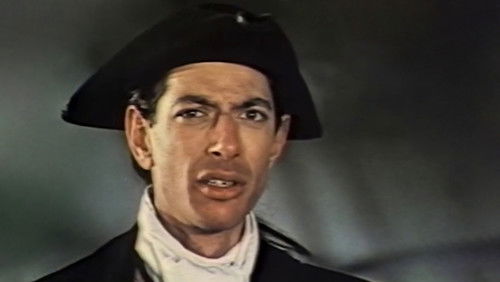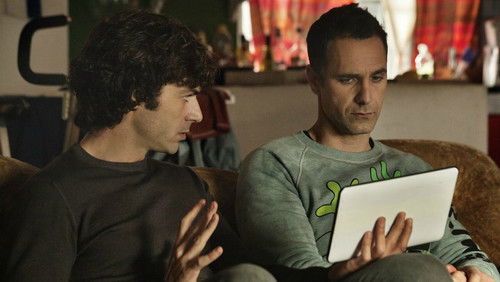Der Heiratsschwindler von Paris (1947)
53KDer Heiratsschwindler von Paris: Directed by Charles Chaplin. With Charles Chaplin, Mady Correll, Allison Roddan, Robert Lewis. A suave but cynical man supports his family by marrying and murdering rich women for their money, but the job has some occupational hazards.
“Charlie Chaplin is u0026quot;Monsieur Verdouxu0026quot; in this 1947 film based on the real-life serial killer Henri Landru. Verdoux is a bank clerk who is laid off late in life and turns to marrying and killing women for their money in order to support his invalid wife and child. Sounds brutal, and when you think about it, it really is, but Chaplin as usual manages to couch his message in comedy. While we see that he is successful in knocking off a couple of women and getting their money (though we never actually see a murder), Verdoux has a couple of failures as well, and there the fun begins. One of his women, Annabella Bonheur, is played hysterically by Martha Raye as a vulgar loudmouth eternally suspicious of Verdoux, who is posing as a boat captain. He tries some different ways of killing her, but no matter what he does, nothing works. He then turns his attention to another woman heu0026#39;s been chasing for some time, Marie Grosnay (Isobel Elsom). Heu0026#39;s about to walk down the aisle when who does he see as a guest at the wedding – Annabelle. His attempts to get out of the house are priceless.u003cbr/u003eu003cbr/u003eDespite some genuinely comical scenes, the speech that Verdoux makes gives its deeper message – Verdoux was in it for the money. To him, the women were business propositions to be exploited. His point is that what he has done on a smaller scale is being done by dictators worldwide; people are not treated as human beings but merely for economic gain, for power and for exploitation. Though Verdouxu0026#39;s argument doesnu0026#39;t absolve him of responsibility or justify his actions, the warning is a good one – people need to care more about each other and about whatu0026#39;s going on in their world, and put their attention on really important matters like suppression of the masses. Why, he asks, are the headlines full of Verdoux and not of what is going on around the world? (The filmu0026#39;s ending takes place in 1937.) Itu0026#39;s interesting to consider what would have happened to this story in the hands of Orson Welles, whose idea it was originally. He wouldnu0026#39;t have made it a comedy. It would have been a drama or a detective story. Only Chaplin would think of making the story of a serial killer into a comedy of sorts. Certainly 1967u0026#39;s u0026quot;No Way to Treat a Ladyu0026quot; takes a page or so from this script.u003cbr/u003eu003cbr/u003eu0026quot;Monsieur Verdouxu0026quot; wasnu0026#39;t well received by the public – at all – and by 1947, people were questioning Chaplinu0026#39;s politics instead of reveling in his genius. It possibly was ahead of its time; it certainly wasnu0026#39;t appreciated as it is today. The movie is not without some problems, the biggest one being, what the heck happened to Verdouxu0026#39;s wife and child? It is never explained.u003cbr/u003eu003cbr/u003eu0026quot;Wars, conflicts – itu0026#39;s all business. One murder makes a villain; millions a hero. Numbers sanctify.u0026quot; Charlie Chaplin as Verdoux said that 61 years ago.”









